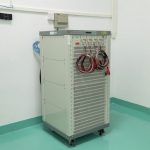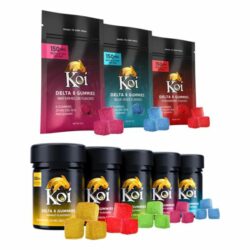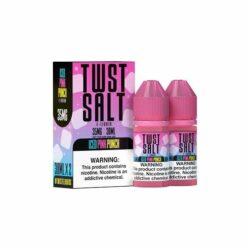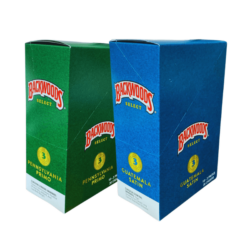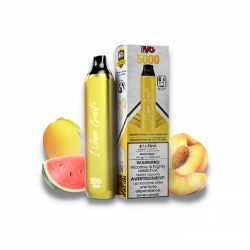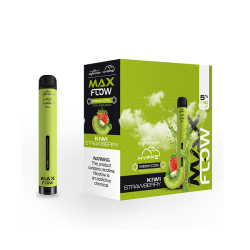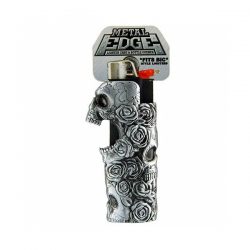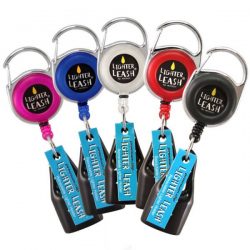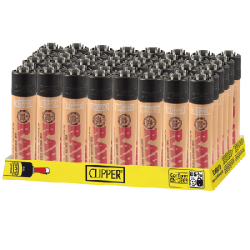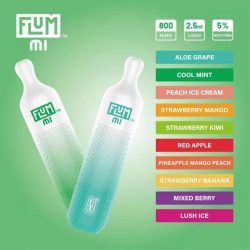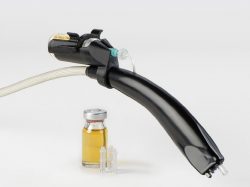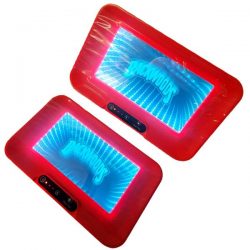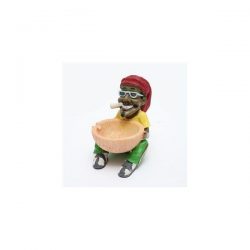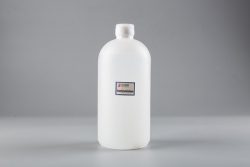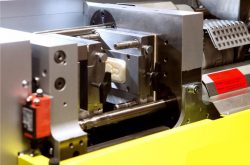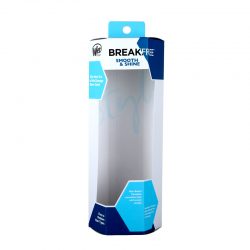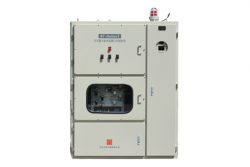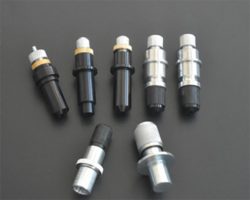Reliability Testing Service Capability
1.1 Reliability Enhancement Test
In the early stage of product development, through the targeted design of product reliability enhancement test programs, accelerate the exposure of product defects or weaknesses, and optimize products to improve product reliability, so as to reduce product market failure rate and extend product effectiveness life, the purpose of reducing maintenance costs during the product life cycle.
1.2 MTBF Reliability Appraisal and Acceptance Test
Reliability appraisal and acceptance test is to verify whether the design or production of the developed product meets the specified reliability requirements (MTBF: Mean Time Between Failure).
The test is generally carried out by censoring test or sequential test. The censoring test is to stop the test when a certain condition is met, including the timed censoring test (the test is stopped at a certain time) and the fixed number censoring test (Stop the test when the number of failures specified in advance occurs during the test); Sequential test is to monitor the equipment under test continuously or at short intervals during the test, and to determine whether to accept or reject the accumulated test time and number of failures. Or continue to test the criteria for comparison.
1.3 Accelerated Life Test
The accelerated life test is a test that verifies the life of the product in a short period of time through accelerated stress during the product development stage. The test is based on the same failure mechanism, by looking for the physical and chemical relationship between product life and stress—accelerated model, using life characteristics under accelerated stress levels to extrapolate and evaluate life characteristics under normal stress levels (and performance degradation characteristics).
The main purpose of the accelerated life test is to find parts that may have premature consumption loss and performance degradation in the product, so as to determine the root cause of the product life and optimize; such as electrolytic capacitor life, mechanical wear life, LED brightness degradation, etc.; Expose some design and process defects to improve; such as device defects, solder joint creep, PCB wet and hot ion migration, etc.; evaluate the service life of the product under the specified conditions.
1.4 Environmental Stress Screening Test
The environmental stress screening test is mainly used in the introduction of new products or the small-batch production stage of products. The test uses effective stress for products to find and eliminate early failures caused by defects introduced by defective components, manufacturing processes and other reasons. It can also be used as supplement to design issues that may be missed when the sample size is small in the development stage.






